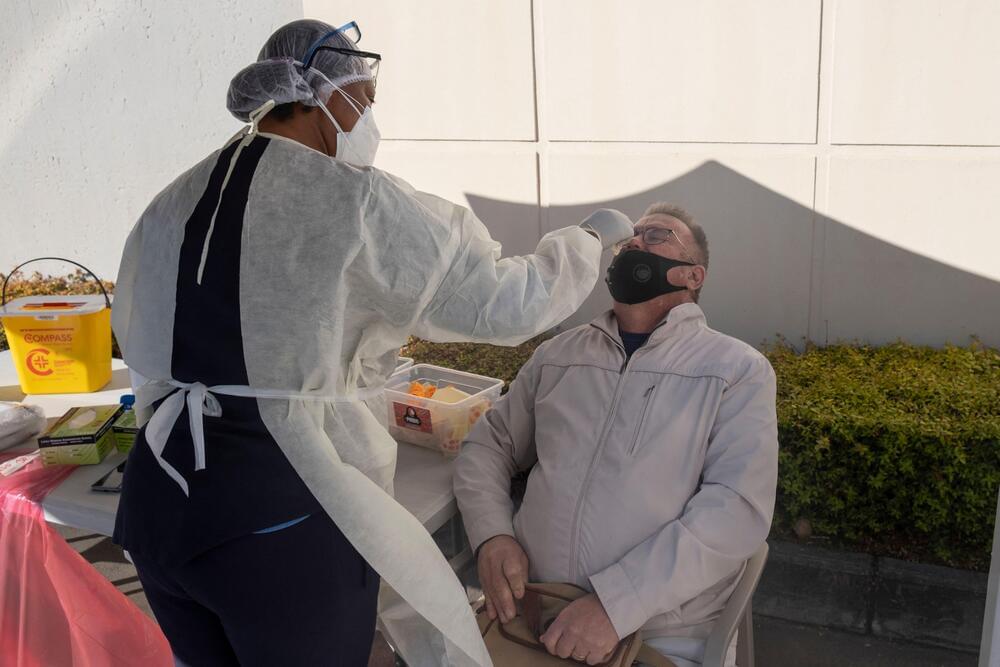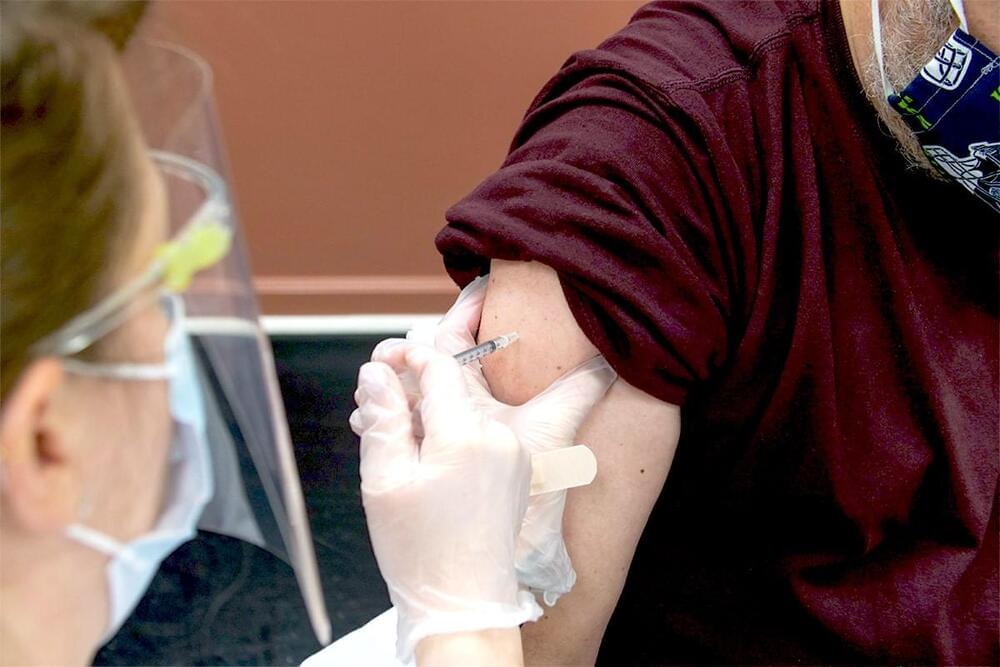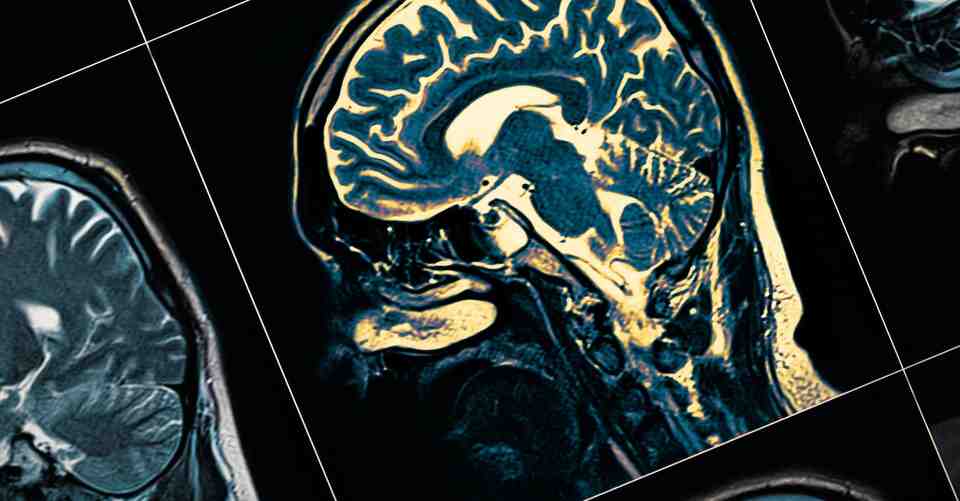Biodiversity conservation, public health and improved livelihoods — dr gladys kalema-zikusoka, founder and CEO, conservation through public health.
Dr. Gladys Kalema-Zikusoka, is the Founder and CEO of Conservation Through Public Health (CTPH — https://ctph.org/), a 16-year old non-profit organization, based in Uganda, that promotes conservation by improving the quality of life of people and wildlife to enable them to coexist in and around protected areas in Africa, and she has become one of the leading conservationists and scientists working to save the critically endangered mountain gorillas of East Africa.
Dr. Kalema-Zikusoka is also on the Scientific Advisory Group for the Origins of Novel Pathogens (SAGO) of the World Health Organization (https://www.who.int/groups/scientific-advisory-group-on-the-…ago)/about)
Dr. Kalema-Zikusoka trained as a veterinarian at the University of London’s Royal Veterinary College. Between 1996 and 2000, she set up the first Veterinary Unit at the Uganda Wildlife Authority. From 2000 to 2003, she completed a zoological medicine residency and masters in specialized veterinary medicine at North Carolina State University and North Carolina Zoological Park.
Dr. Kalema-Zikusoka became an Ashoka Fellow in 2007 for merging Uganda’s wildlife management and rural public health programs to create common resources for both people and animals.






